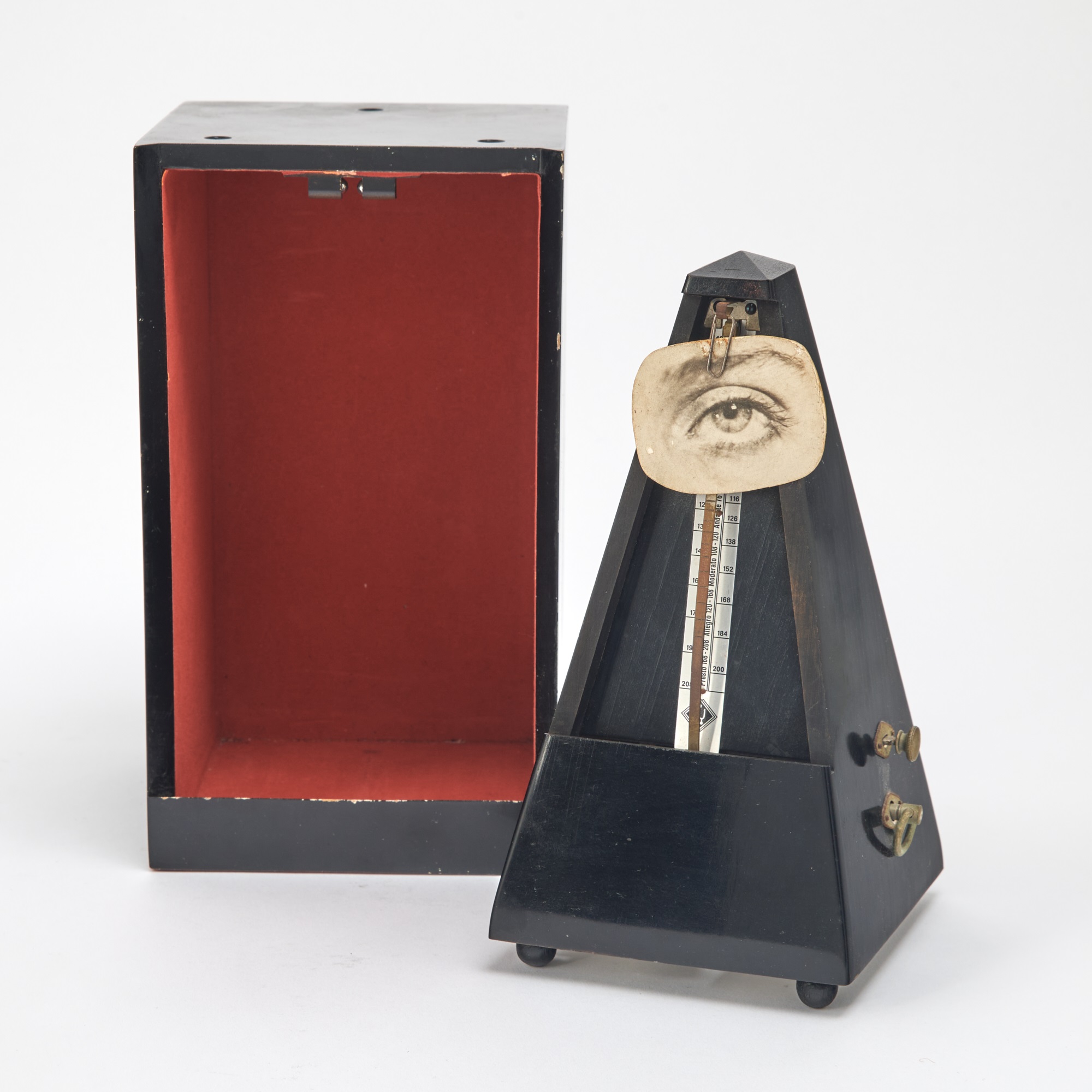
Man Ray
French/American, 1890-1976
Man Ray was an American artist and pioneer of 20th-century avant-garde art, best known for his experimental work in photography, film, and object-making. Born in Philadelphia and raised in New York, he began his career within the Dada movement following World War I, before relocating to Paris, where he became closely associated with the Surrealists. There, his studio became a gathering place for leading artists, writers, and intellectuals of the era, fostering a dynamic exchange of ideas. His visual language merged the technical with the imaginative, underscoring his belief in the unconscious as a source of artistic inspiration.
Man Ray rejected traditional art forms in favor of innovation and conceptual freedom. His practice spanned painting, sculpture, printmaking, and notably photography. He developed iconic techniques such as the “rayograph,” a cameraless image made by placing objects directly on photosensitive paper. His portraits, fashion photography, and dreamlike assemblages blurred the boundaries between art and life.
A central figure in the Parisian avant-garde, he collaborated with artists like Marcel Duchamp and contributed to a radical redefinition of modern art. Man Ray’s work challenged conventions and embraced abstraction, symbolism, and chance, leaving a lasting imprint on photography, film, and conceptual art alike.




